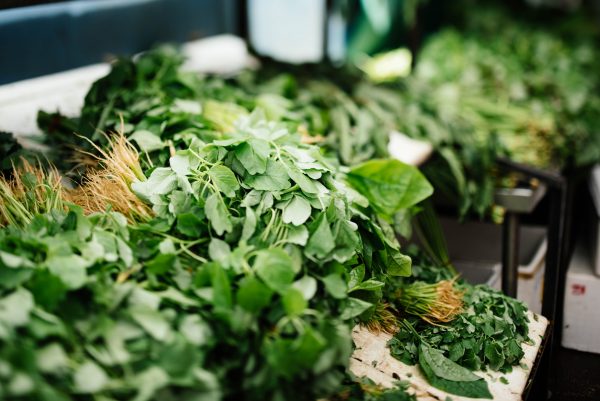
Have you ever thought about what your life would look like without medicine? Picture it now. If you’re faced with societal collapse or natural disaster, that picture will become your new reality. Maybe you think you’re in the clear- you throw back a couple Advil here and there for the occasional headache, no big deal- but maybe it’s a family member: a parent with chronic pain, a child with diabetes.
Once the pill bottle is empty, you’re going to need another solution. Maybe you can tough it out, but how will you feel watching your child, spouse, or parent suffering and in pain, knowing there’s nothing you can do to help them? If that’s the case, natural remedies will become your new best friend. Sure, you may not have ever considered yourself to be ‘one of those people’, but that was before. Don’t worry, we’re here to help.
Below we’ve compiled a list of the seven plants you’ll be grateful you have when that time comes. You can use them fresh or dried with a mortar and pestle, and they can all be grown indoors, meaning you can have access to natural remedies year-round, regardless of your climate or space for a garden. Most people opt for a multi-tiered rack with front-facing plant pots, but you can also hang the pots up on a line or against the wall using metal hangers.
Parsley
Parsley is actually pretty easy to grow, and as long as you keep the soil sufficiently damp, it’s pretty easy to keep alive, too. Parsley is credited with:
- Being cancer-preventive and chemo-protective
- Reducing the misery of a hangover by detoxifying the brain of ammonia
- Helping with bad breath
Thyme
Thyme is pretty popular in cooking, but most people don’t know that its uses go way beyond spaghetti and sausages. It’s hearty, low-maintenance, and again, easy to grow. Thyme has been proven to:
- Provide relief of symptoms from chest congestion, coughs, and bronchitis (among other respiratory/chest problems)
- Neutralize bacteria and fungi such as Bacillus subtilis, Shigella sonnei, Staphylococcus aureus (Staph), and Escherichia coli due to its strong antimicrobial activity
Sage
This one is foolproof, even for anyone the people who couldn’t keep a pet rock alive. As long as you give your Sage plant adequate water, decent soil, and some light, you’ll actually have a hard time killing it. Its genus name, Salvia, literally means ‘to heal’. Who wouldn’t want to have some of this stuff on hand in a pinch? Sage can help you:
- Lower blood glucose and cholesterol
- Lessen the symptoms of Alzheimer’s
Lavender
Lavender requires a bit more effort than the ones it (a little more attention, a little extra space), but is worth every ounce. Lavender will:
- Soothe the symptoms of stomach nerves, headaches, stress, and anxiety
- Prevent the effects of insomnia and promote better sleep
St. John’s Wort
In addition to brightening up a room with its vibrant yellow petals, St. John’s Wort will flower all year-round if provided with enough light (we recommend a grow light in the mornings or evenings to extend growing hours for the day- if it isn’t flowering, it isn’t getting enough light). This plant has three main benefits:
- Reduces the pain of PMS and menopause
- Treats some symptoms of depression
- Treats some symptoms of ADD
Marigold
Marigold flowers are said to:
- Alleviate the pain of arthritis
- Soothe burns, rashes, and bed sores when made into an ointment
- Fight allergic reactions and eczema through its renowned anti-inflammatory properties
Echinacea
Echinacea grows with little to no effort on your part (aside from supplying a grow light), and is actually considered the king of medicinal plants. Echinacea is proven to:
- Reduce the symptoms of a cold/flu
- Fight infections (including upper respiratory, yeast, and ear infections)
- Boost the immune system
Studies have also shown that Echinacea “shows promise” in treating colon cancer.

